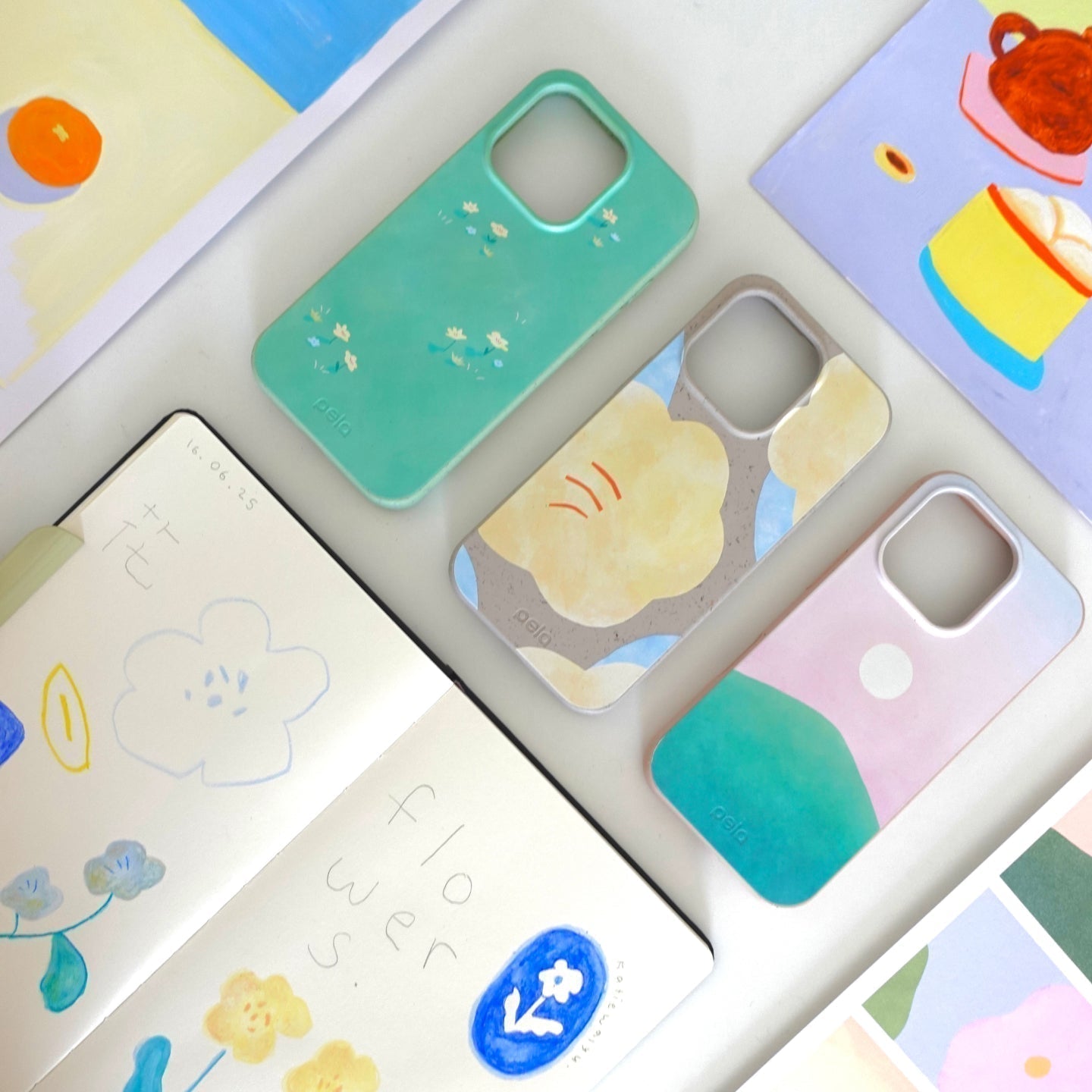
Plastic is an amazing tool.
We have made many advancements in the medical, scientific, and technology industries all thanks to plastic. If you’re reading this article, it’s probably on a plastic computer or a plastic phone.
Your car or public transportation vehicle is probably made of at least 50% plastic. Being made of plastic, allows it to be lighter and more fuel efficient.
Car seats and helmets are made out of plastic for the same reason; it’s a strong material that will help keep precious cargo safe.
Most notably, plastic has revolutionized the medical field. We’ve been able to increase life spans and save lives with increased sterility and plastic machinery.
First responders rely on plastic as well. Firefighter uniforms are made with plastics protecting them in extreme heat up to 1,200 degrees fahrenheit.
So, what’s the problem?
Plastic never goes away.
In all of the examples listed above, plastic is used for durable products meant to last, but 50% of all plastic is used for single-use items.
Single-use items are used only one time before being discarded. Most notably, the big four which are single-use plastic water bottles, plastic grocery bags, plastic straws, and coffee cups.

Coffee cups are lined with plastic making them virtually impossible to recycle, but they also have plastic lids made from plastic #6 polystyrene. It’s one of the most toxic plastics, and is not recyclable.
Plastic has a pretty dismal recycle rate in general.
According to the EPA, plastic is recycled 9% of the time, and when it is “recycled” it’s made into objects like park benches and speed bumps. Once the park benches and speed bumps are no longer viable, they go to the dump.
Sometimes, it’s made into clothing which presents and entirely new environmental disaster. Every time that clothing is washed, it sheds micro-plastic fibers.
The U.S. sheds 64,000 lbs of micro-fibers in the laundry each and every day. This is thanks to recycled water bottle leggings, fleece jackets, and synthetic clothing like polyester, nylon, and acrylic which are all plastic.
Plastic doesn’t biodegrade it photodegrades which means it will never completely disappear it will only get smaller and smaller. In fact, plastic can get so small it’s completely invisible to the naked eye.
Plastic is currently in 83% of all drinking water both tap and bottled worldwide.
Plastic is in our food chain. It’s in our drinking water. It wouldn’t surprise me if it’s in the air we’re breathing.
We’re using this product completely the wrong way. Plastic never goes away, and it should be treated as such.
Plastic has truly helped us advance as a civilization, but we have to use it the proper way. Plastic lasts forever and we should be mindful of that in its production and consumption.
Beyond the environmental hazards, plastic presents health concerns as well. By now, most people are aware of BPA. BPA is an endocrine disruptor that mimics estrogen in the body.
It can lead to early puberty and there are connections to obesity, cancer, and cardiovascular disease. There has been a big push to BPA free. So, it’s been swapped with BPS, and BPS is just as bad!
In fact, many of the other additives that are used to replace BPA are just as dangerous. The best thing to do is to try and limit your exposure to plastics especially around your food and drink.
The problem seems pretty bad, the Ocean is set to have more plastic than fish by 2020.
Over 100 million marine animals are killed each year due to plastic pollution.
The good news is, you can do something to help! Read all about 10 easy solutions to reduce your dependence on plastic here.
New posts will be on the blog every Monday and Thursday so be sure to stop by!
Sources:
- https://www.ncbi.nlm.nih.gov/pmc/articles/PMC2873020/
- https://pubs.acs.org/doi/abs/10.1021/es400663f
- https://orbmedia.org/stories/Invisibles_plastics/multimedia
- https://pubs.acs.org/doi/abs/10.1021/es201811s
- https://www.sciencedirect.com/science/article/pii/S1382668914000313
- https://www.nature.com/articles/44517
- http://press.endocrine.org/doi/10.1210/en.2015-1785?url_ver=Z39.88-2003&rfr_id=ori%3Arid%3Acrossref.org&rfr_dat=cr_pub%3Dpubmed&



